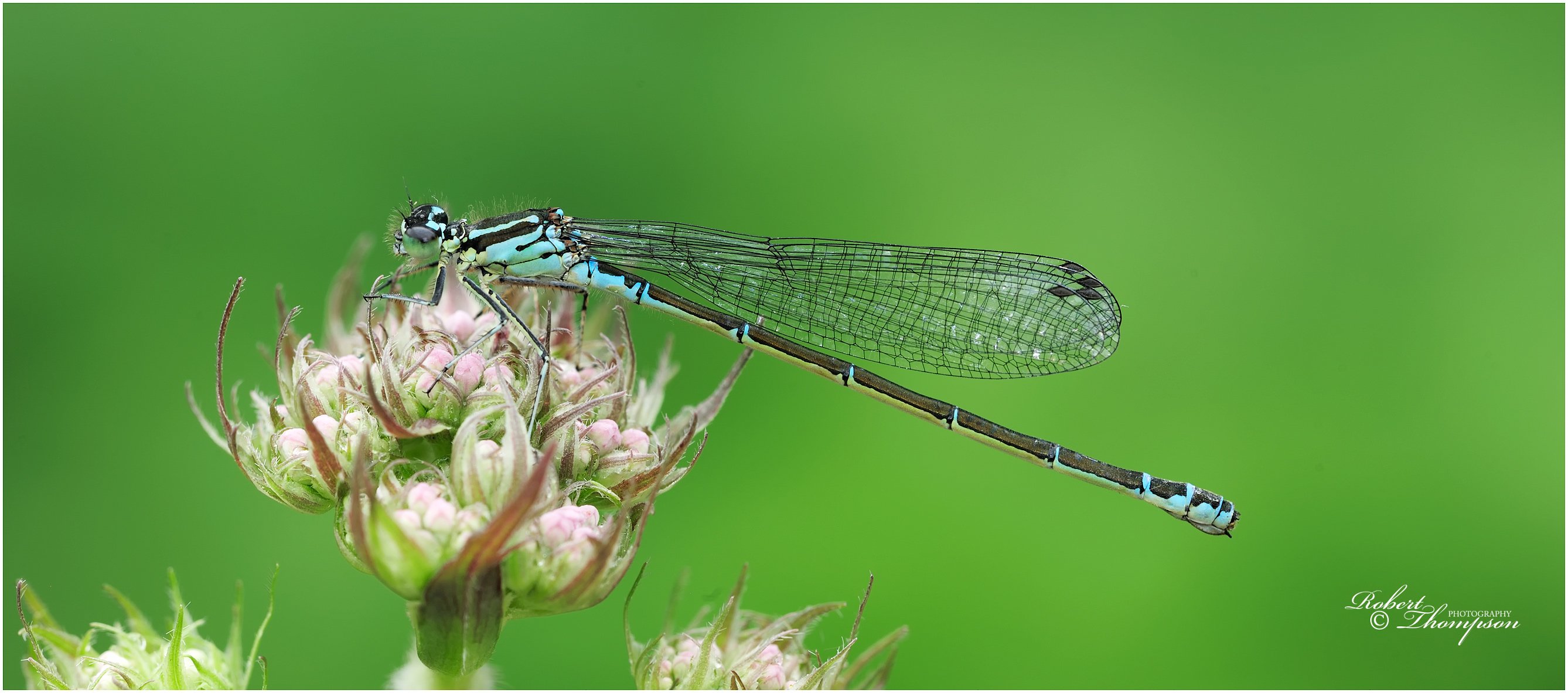DRAGONFLYIRELAND
THE DAMSELFLIES & DRAGONFLIES OF IRELAND
"The essence of summer", "the birdwatchers' insects", "among the most beautiful and attractive of all insects" are all phrases that recent accounts have used to describe dragonflies. For many people who consider insects as small, often troublesome organisms, lacking any interesting or redeeming behaviour, their introduction to dragonflies is often a revelation. Here is a group of conspicuous, highly colourful and attractive yet harmless insects that actually do things! The adults (and larvae) are active hunters. Many are strongly territorial, some are migratory and many will actually respond to your presence. It can also be a surprise to people when they discover that dragonflies have lived close to them, seemingly unnoticed until a flash of bright colours attracts their attention. Ireland, whilst not rich in species, is well endowed with the freshwater habitats that these insects need. Even in the heart of large towns and cities, dragonflies can be seen, and by building garden ponds can be enticed close to our homes.
Dragonflies are aquatic insects which belong to the insect Order Odonata. The term Dragonfly is used here in its wider sense to include all species of Odonata. The modern Odonata are classified into two sub-orders, the Anisoptera and the Zygoptera (Corbet 1999). Some 5300 species have been described worldwide. The 'true' dragonflies, the Anisoptera, are large robust species. Adults are characterised by having dissimilar hind and fore wings which, at rest, are held out flat, and large compound eyes which occupy most of the head. The smaller, more delicate, damselflies of the suborder Zygoptera have smaller, widely separated eyes on the side of the head and similarly shaped fore and hind wings which are held folded above the body when the insect is resting. The larvae of the two suborders also differ in general form and shape. Damselfly larvae have three large gills at the end of the abdomen, whilst Anisoptera larvae have internal gills situated in a rectal chamber.
The life cycle consists of a long larval phase and a short adult phase. The eggs are laid either by inserting them in aquatic plants or on the water surface. In most species, the egg stage is of relatively short duration. Except in the case of a few non-European species, the larvae spend all their development time in water, growing by a variable number of moults. There is no pupal stage in the Odonata. Rather, the adult insect emerges directly from the larval skin. Both the larvae and adults of all Odonata species are active predators feeding mainly on smaller invertebrates. They, in turn, may be significant prey items of fish, birds and other invertebrates including other Odonata, spiders and predatory Coleoptera.
The DragonflyIreland website is hosted by the National Museums Northern Ireland. To go the DragnoflyIreland website click here

